Contact us for a
Free Estimate
Request an Estimate
Boxelder Bugs
Boxelder bugs are small insects that typically measure four to six millimeters long and are black in color with three red stripes running down their back. They typically feed on the sap of boxelder trees, but can also feed on the seeds of other maples and ash trees.
Boxelders are nuisances to homeowners because they often congregate in large numbers around homes, particularly in warm climates and sunny areas. These bugs can also enter homes through cracks and crevices, where they may feed on plants or materials found inside.
Once inside the home, boxelder bugs can cause staining and a foul odor due to their excrement. Additionally, they can be quite annoying when they fly around people's faces and land on food or other items.
Ladybird Beetles
Ladybird beetles, also known as ladybugs or ladybirds, are a common sight during the warmer months. These tiny beetles have an unmistakable appearance: red, brown, or yellow bodies with black spots. While they are beautiful to look at and considered lucky by some, they can be a problem for homeowners.
During the winter months, ladybird beetles will seek sheltered places to hibernate until springtime. This often means making their way into homes through cracks and crevices in the walls and windowsills. Once inside, they can become pests by eating other insects such as aphids that may live on plants or in gardens. They can also produce an obnoxious smell as they secrete fluids from special glands when disturbed.
Homeowners dealing with large numbers of ladybird beetles should take steps to both prevent them from entering their home and remove those that are already present. Sealing any cracks and gaps around windowsills will help keep them out of your home while vacuuming up those that have already made it inside will help reduce their numbers.
Stink Bugs
Stink bugs are a species of shield-shaped insects that have become increasingly common in recent years. They can be a problem for homeowners because of their odor and the fact that they feed on garden crops and other vegetation. Stink bugs often enter homes through entry points like windows, doors, and vents, where they can become a nuisance. They typically emit an unpleasant odor when disturbed or crushed. Stink bugs also reproduce rapidly, so if they gain access to your home, their population could grow quickly.
The best way to prevent stink bugs from entering your home is to seal any potential entry points such as windows and doors with caulking or weatherstripping. Additionally, debris such as wood piles and leaf litter should be removed from around the house to discourage them from taking up residence near your home. Finally, chemical insecticides can be used around entry points as an additional precaution against stink bug infestations.
Centipedes
A centipede is an arthropod that belongs to the class Chilopoda, and can have anywhere from 15 to 177 pairs of legs. They range in size from 4mm to over 30cm in length, and tend to be brown or black in color.
Centipedes are carnivores, preying on small invertebrates such as insects, spiders, and worms. In Maryland, they can live outdoors under rocks or logs and can also enter homes through cracks around windows and doors.
They feed mostly on other insects so they can be beneficial for controlling pest populations outside; however, they can also bite humans if provoked or startled. Inside homes, they will feed on insects like spiders, ants, and silverfish which may reduce the number of these pests inside dwellings.
Clover Mites
Clover mites are tiny red bugs that can often be found in or around homes. They are about the size of a pinhead, brown to reddish in color and have eight legs.
Clover mites feed on plants, but they can also become a nuisance when they enter homes. They usually reside near windows and doorways, where they have access to the sunlight they need to thrive. When disturbed, clover mites will release an unpleasant odor and may try to bite humans if handled roughly.
Homeowners should take steps to protect themselves from clover mites by sealing cracks and crevices around window frames, doors and other entry points in the home. It's also important to keep vegetation away from the home as much as possible, since clover mites prefer to live in areas with lots of foliage. Regular cleaning of your home is also recommended as excess moisture can attract these creatures.
Crickets
Crickets are a type of insect that is typically found in warm climates and can be a nuisance for homeowners. They feed on decaying matter, but will also eat plant material and insects.
Crickets can often become a problem when they invade homes and gardens, as they can reproduce quickly and their chirping sound can become quite irritating. If left unchecked, crickets can spread disease and cause damage to crops or furniture.
Therefore, it is important to take measures to exterminate them from both indoor and outdoor living areas in order to protect your home and garden. This can include using traps, insecticides, or other methods of pest control.
Earwigs
An earwig is an insect that is typically brown or black in color and has a set of pincers on its abdomen. Earwigs tend to live outdoors in damp places, such as decaying leaf litter and soil, but they can also find their way into homes.
Earwigs are not considered dangerous to humans, but they can still cause discomfort if they get into your home. While earwigs don't bite or spread disease, they can still be a nuisance because of their tendency to crawl over people in search of food. If you notice an infestation of earwigs in your home, it is important to take measures to eliminate them from your living space before the population becomes too large.
Taking preventive steps such as sealing any cracks or crevices around windows, doors or other exposed areas in your home will help keep earwigs out and make sure that they don't affect you and your family.
Firebrats
A firebrat is a small insect that feeds off of starches and proteins found in fabrics, cereals, books, and other items. They are often found in dark, damp areas such as basements and attics.
Firebrats can cause damage to items in the home, such as fabrics and paper products. They can also contaminate food sources if they come into contact with them. This can be hazardous to your family's health if consumed. Additionally, firebrats have been known to bite humans when disturbed.
Ground Beetles
Ground beetles are a type of insect that can be found in gardens and around homes. They typically have long, slender bodies and are black or brown in color. They often look scary due to their size and shape, but they are actually harmless and do not bite humans.
Ground beetles feed on other insects, such as aphids and caterpillars, which makes them beneficial to have around the home and garden as a natural form of pest control. However, if the population of ground beetles becomes too large they can become a nuisance by entering homes through open doors or windows.
Masterful Pest Solutions can help you control ground beetle populations around your home with customized treatments designed to target these pests specifically. These treatments will help reduce the number of ground beetles in your area and ensure that your home is safe from infestations.
Millipedes
Millipedes are small arthropods that have cylindrical, segmented bodies and many legs. They vary in color and size, but typically reach about 2 inches in length. Millipedes feed on dead leaves and other organic matter, including decaying wood and fungi.
Homeowners should be aware that millipedes will invade homes during rainy periods, as they prefer moist environments. They can also enter through cracks or crevices around windows, doors, and other openings.
Although millipedes are not generally considered to be pests inside homes, they can become a nuisance when they appear in large numbers. Homeowners should take care to seal any openings or cracks where millipedes might gain entry into the home to keep them out.
Spiders (including poisonous)
The presence of a poisonous spider in the home can have a significant impact on your family's wellbeing. Venomous spiders are capable of injecting dangerous neurotoxins into their victims, which can cause severe pain and even death in some cases.
In addition, the presence of these spiders can cause members of your family to suffer from anxiety and fear, as well as creating an unsafe atmosphere for children.
Fortunately, with Masterful's effective pest control services, you and your family can be free from the dangers posed by poisonous spiders. Masterful's experienced technicians use proven techniques to remove any existing spider infestations from the home and prevent them from returning in the future. With their help, you can ensure that your family is safe from the harm caused by venomous spiders.
Silverfish
A silverfish is an insect that belongs to the order Zygentoma. They have long, slender bodies, usually covered in scales, and have three long tails.
Their color ranges from silver to gray or brownish-gray and they measure about 1/2 inch in length when fully grown. Silverfish are nocturnal creatures that feed on carbohydrates such as sugar and starch found in books, wallpaper, clothing and other fabric items.
They reproduce quickly and can live for up to eight years if conditions are optimal. Silverfish are harmless to humans but their presence can be irritating because of the damage they can cause with their feeding habits.
Sowbugs
A sowbug has several characteristics that distinguish it from other terrestrial crustaceans. These include its oval body shape, seven pairs of legs, two antennae, and four tail-like appendages. It also has a segmented body with two main segments on the underside of the thorax and four visible segments on the abdomen.
Its body is covered in hard plates called tergites, which help protect it from predators. Sowbugs have dual respiratory systems consisting of gills and trachea, allowing them to breathe both underwater and on land. Additionally, they possess simple eyes and long antennae for detecting food sources.
Springtails
Springtail insects are small, wingless insects that feed on decaying matter such as fungi and algae. They serve a beneficial purpose in the environment by breaking down organic waste and helping to recycle nutrients back into the soil.
Their presence is generally beneficial but an infestation can occur if conditions are favorable for their reproduction. In large numbers, springtails can become a nuisance around homes as they may enter bathrooms, kitchens, or living areas looking for moist environments.
They also contaminate food sources and have been known to cause damage to plants. If an infestation is suspected, it's best to contact a pest control professional for help identifying and eliminating the problem.
Rely on Masterful Pest Management to Keep Your Home Safe from Occasional Invaders
Dealing with occasional invaders such as stink bugs, millipedes, spiders, and other pests can be immensely overwhelming for homeowners. It is important to rely on an experienced pest management service in order to identify the issue, safely remove the invaders from your home, and set up preventative measures to ensure that the problem does not recur. Masterful Pest Management has years of experience in providing efficient and reliable services that will help you keep your home safe from infestations. Their comprehensive approach combines a thorough inspection of your property with effective treatments tailored specifically to your needs. With their expertise and assistance, you will be able to maintain a pest-free home environment with ease.





